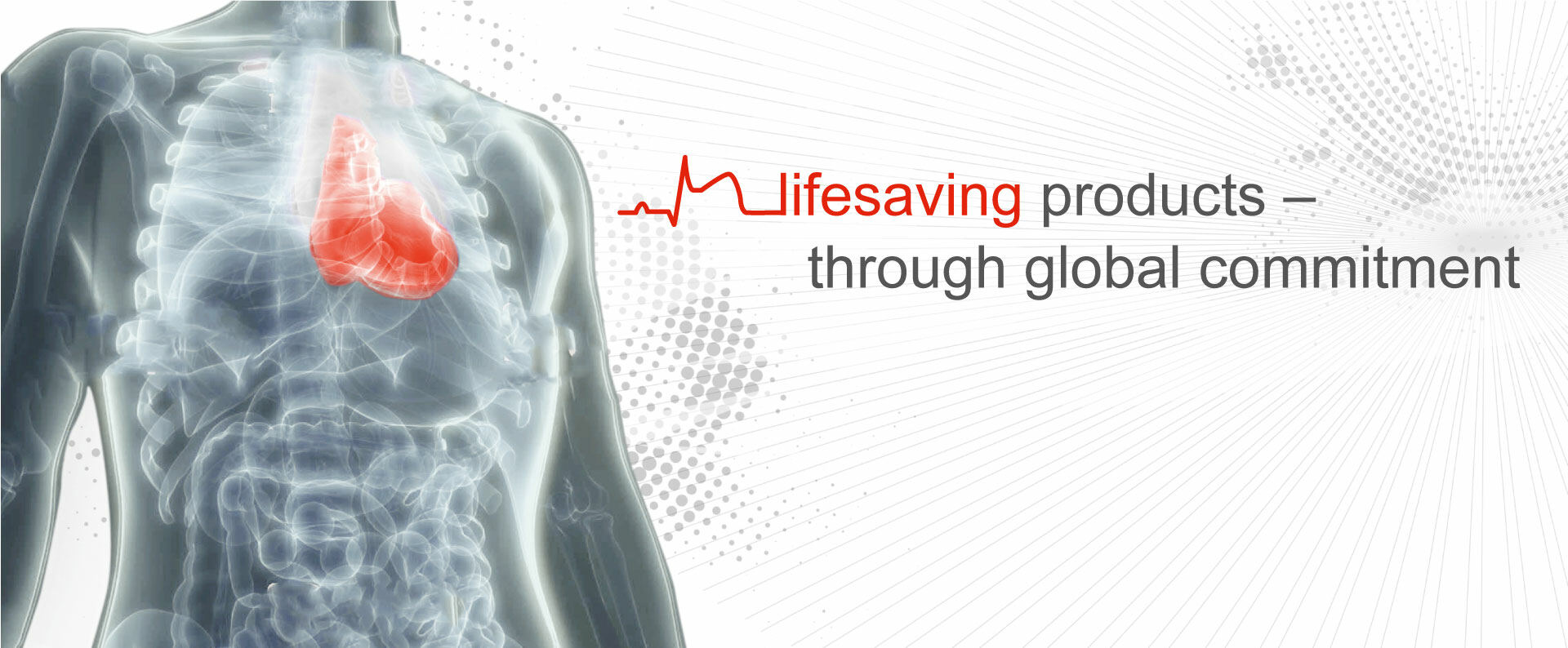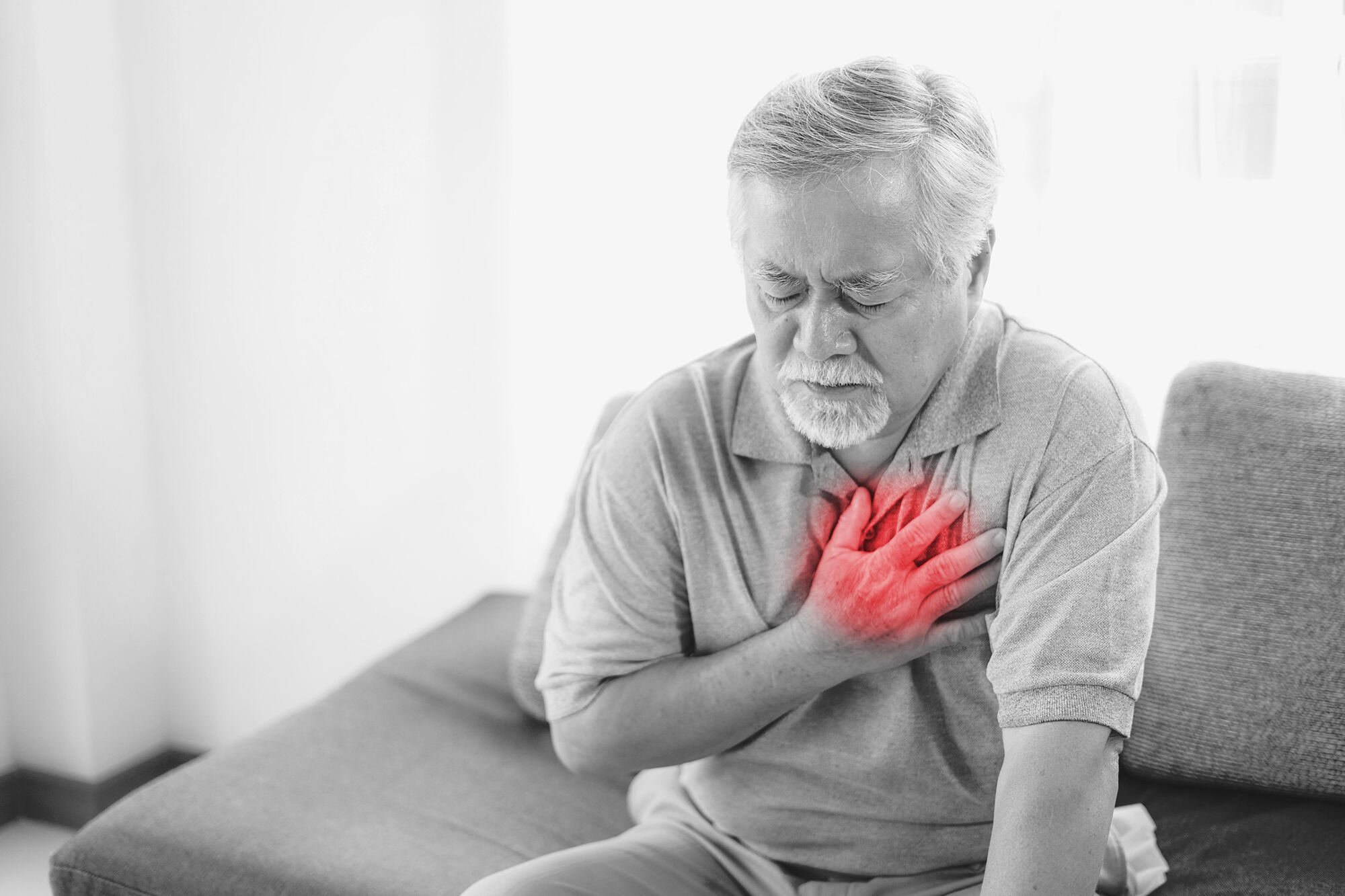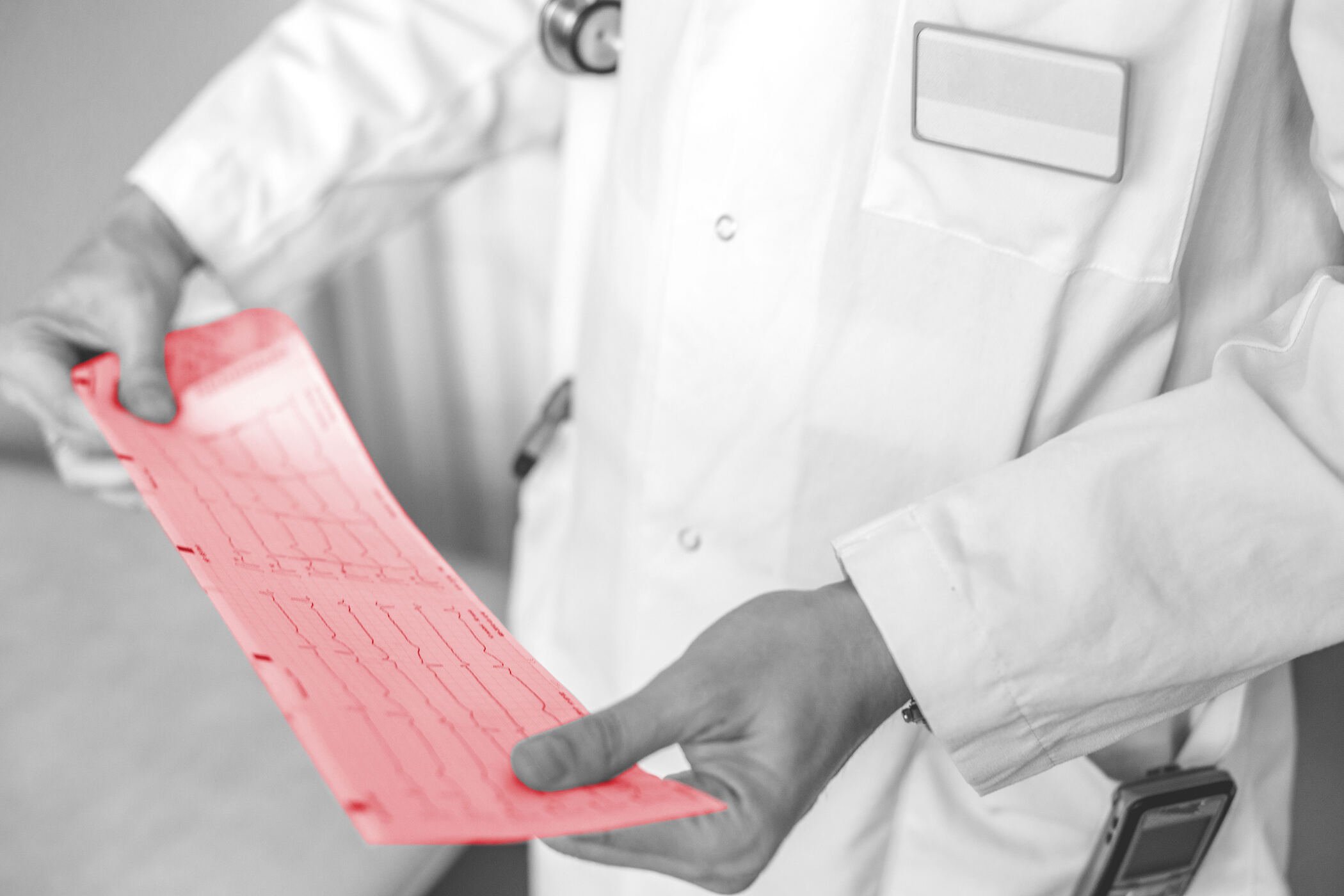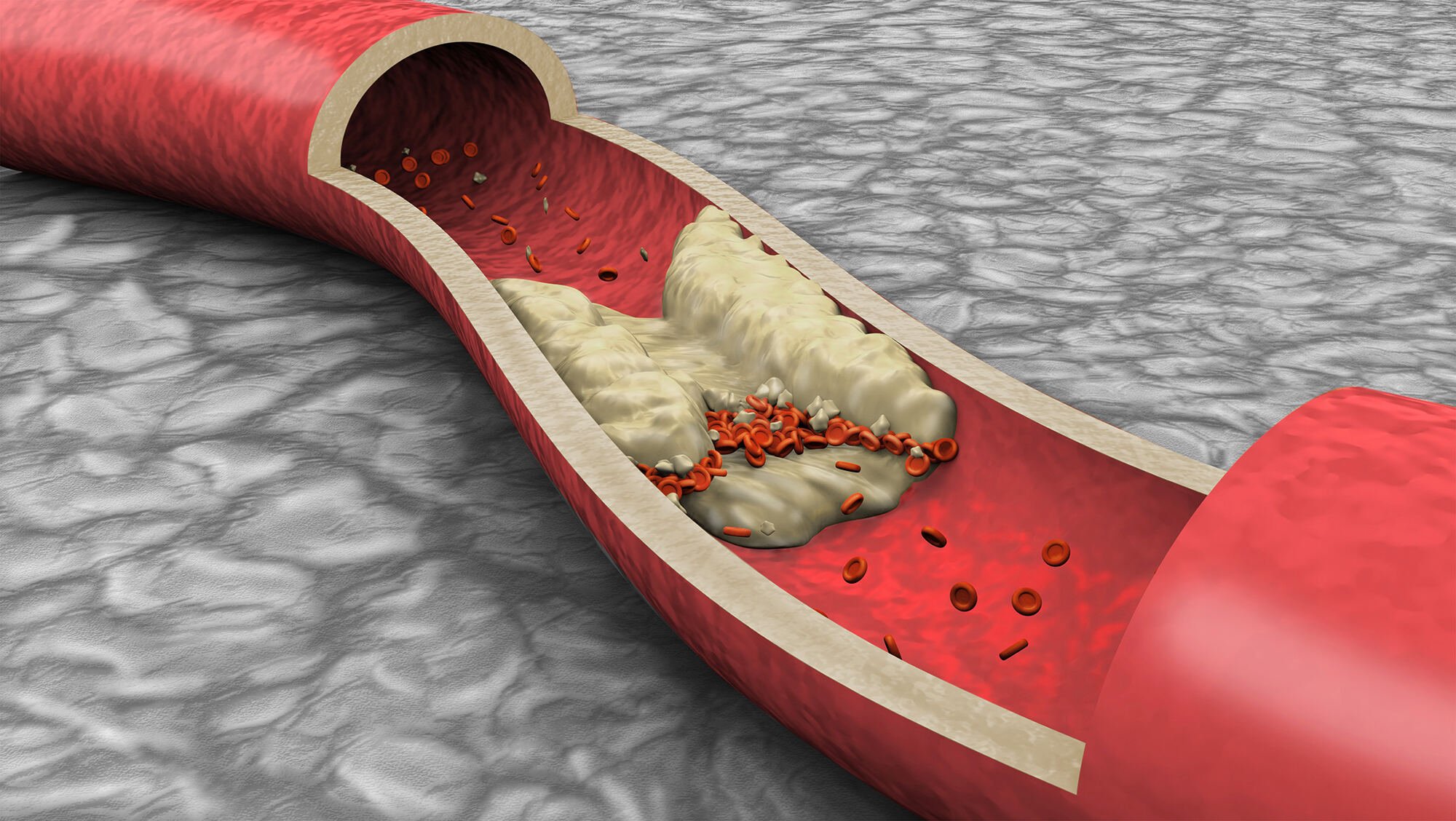

Acute myocardial infarction (AMI)
Coronary heart disease (CHD) is the leading cause of morbidity and mortality throughout the world. Myocardial infarction is the most common form of coronary heart disease (CHD). Worldwide, about 15.9 million myocardial infarctions occur annually (2015). CHD is responsible for over 15% of mortality each year. Although the incidence of MI is decreased in the industrialized nations partly because of improved health systems and implementation of effective public health strategies, nevertheless the rates are surging in the developing countries such as South Asia, parts of Latin America, and Eastern Europe. The modifiable risk factors represent over 90% of the risk for acute MI. The risk factors such as dyslipidemia, smoking, psychosocial stressors, diabetes mellitus, hypertension, obesity, alcohol consumption, physical inactivity, and a diet low in fruits and vegetables were strongly associated with acute MI.
The primary role of coronary thrombosis in the pathogenesis of acute myocardial infarction is definitely established. Acccording to recent investigations approximately 80 % of patients with AMI have sustained thrombosis of one or more coronary arteries.
Common symptoms include chest pain or discomfort which may travel into the shoulder, arm, back, neck or jaw. Often it occurs in the center or left side of the chest and lasts for more than a few minutes. The discomfort may occasionally feel like heartburn. Other symptoms may include shortness of breath, nausea, feeling faint, a cold sweat or feeling tired. A MI may cause heart failure, an irregular heartbeat, cardiogenic shock or cardiac arrest. The Treatment of MI is highly time-critical.
Pathogenesis
The primary role of coronary thrombosis in the pathogenesis of AMI is definitely established. According to recent investigations approximately 80% of AMI patients have sustained thrombosis of one or more coronary arteries.
The very high incidence of intracoronary thrombosis during AMI has been confirmed by comprehensive in vivo angiographic studies. Thrombosis of coronary artery usually occurs at the site of a ruptured atheromatuous plaque.

Symptoms and Diagnosis
Besides the general symptoms of myocardial infarction, important criteria for initiating appropriate treatment are the ECG and various laboratory parameters. Typical changes in the ECG curves at the various recording sites indicate which area of the cardiac wall is affected by the infarct and also indicate infarct age. The blood shows characteristic changes, particularly an increase in enzymes such as creatine kinase and the isoenzyme MB-CK wich is produced by the cardiac muscle. The increase in the levels of these enzymes is caused by the tissue changes in the areas of the cardiac muscle damaged by the infarct. Measuring this increase enables the extent of the infarct to be estimated.
Treatment
The treatment of a Myocardial infarction is highly time-critical. It must firstly ensure that the pumping action of the heart is sustained. Secondly, the arterial occlusion must be abolished as quickly as possible in order to prevent or minimize tissue death within the cardiac muscle. The possible approaches are drug-based techniques which dissolve the occlusion or invasive procedures in which the arteries are widened in order to remove the occlusion.
There are three major classes of fibrinolytic drugs, which all have the ability to effectively dissolve blood clots, but vary significantly in factors such as their price levels: tissue plasminogen activator (tPA), urokinase (UK) and streptokinase (SK). Streptokinase is one of the most cost effective thrombolytic drugs, and has been listed once again on the 2019 on the WHO Model List of Essential Medicines (EML). This list is published by the World Health Organization (WHO) and contains the medications considered to be most effective and safe to meet the most important needs in a health system. The list is frequently used by countries to help develop their own local lists of essential medicine.

ADVANTAGES of thrombolysis in AMI:
- Reduction of mortality
- Salvage of myocardial tissue
- Improvement of heart function
- Rapid resolution of the characteristic ST-segment elevation
- Improvement of haemorheology
- Recanalization of occluded coronary artery
- Immediate relief of chest pain
Streptokinase Karma is also indicated for the treatment of Deep Vein Thrombosis and Pulmonary Embolism.
 Downloads
Downloads

